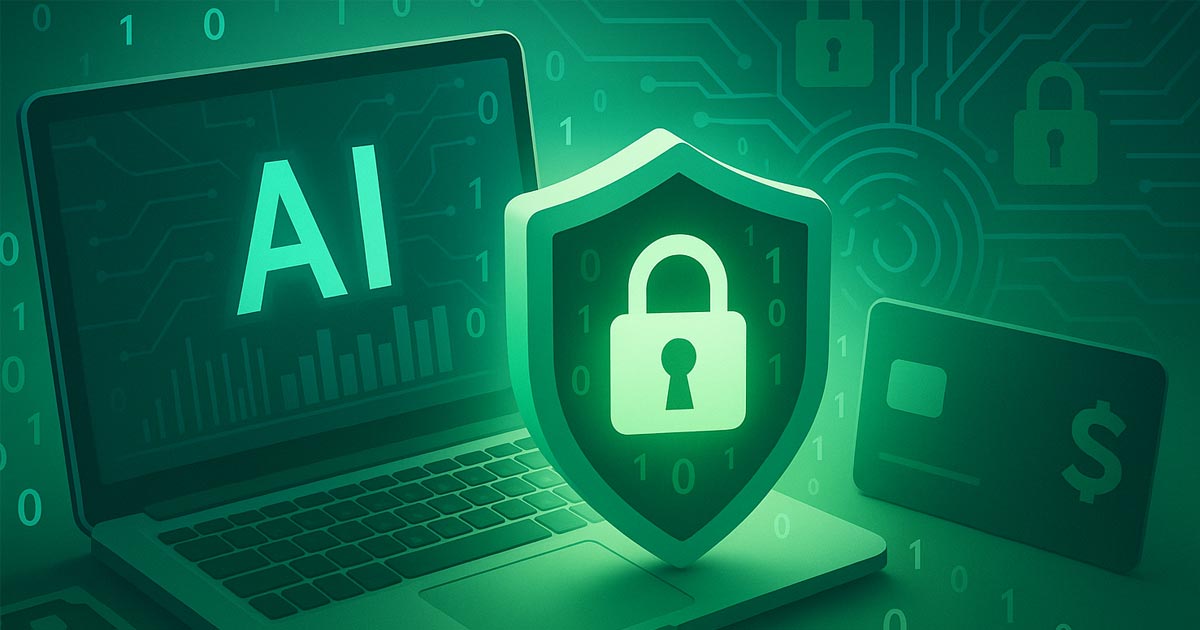How to Protect Yourself from AI-Driven Cyber Fraud
Artificial intelligence (AI) is changing the landscape of cybercrime. AI cyber fraud is a growing threat, and understanding how it works is the first step in protecting yourself and your financial information.
What is AI cyber fraud?

Some of the most common forms of AI-driven fraud include:
- Deepfake scams: AI-generated audio or video can impersonate trusted individuals, such as a coworker or family member, to trick victims into transferring funds or sharing sensitive information.
- Phishing: AI can craft personalized phishing emails that are more convincing than ever. These messages may appear to come from legitimate sources and are often tailored using publicly available data from social media or breached information.
- Credential stuffing: AI tools can rapidly test stolen usernames and passwords across thousands of websites, taking advantage of reused credentials to gain unauthorized access to accounts.
- Identity fraud: Fraudsters use AI to generate realistic but fake identities by blending real and fictitious information. These identities can pass many standard verification checks and be used to open fraudulent accounts.
How to stay safe
While AI-powered fraud is sophisticated, there are still effective ways to protect yourself and your accounts. Here are several key steps:
- Use strong, unique passwords: Avoid reusing passwords across accounts. A password manager can help you create and store strong, unique passwords securely.
- Enable multifactor authentication (MFA): MFA adds an extra layer of protection, making it more difficult for fraudsters to access your accounts—even if they have your password.
- Verify unusual requests: If you receive a message or call from someone asking for sensitive information or money—even if they sound familiar—take a moment to verify their identity independently. Contact them using a known method, not the one provided in the message.
- Monitor your accounts regularly: Review your bank and credit card statements frequently to spot any unfamiliar activity. Early detection is key to minimizing the impact of fraud.
- Stay informed: Cyber threats evolve rapidly. Staying up to date with the latest fraud trends helps you recognize and avoid new scams as they emerge.
AI has the potential to improve many aspects of our lives, but it also introduces new risks. By understanding how AI cyber fraud works and taking practical steps to protect yourself, you can significantly reduce your risk of falling victim to cybercrime.
At Associated Bank, we are committed to your security. Visit Security Help for more tips and resources on protecting your finances in a digital world.





